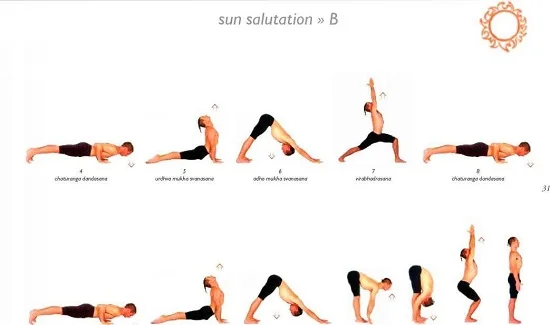Surya Namaskara B (Sun Salutation B) is the dynamic and powerful continuation of Surya Namaskara A in traditional Ashtanga Yoga. This 19-movement sequence builds strength, flexibility, and stamina by synchronizing every motion with the breath, forming the foundation of a moving meditation.
While Sun Salutation A awakens the body, Sun Salutation B deepens the internal heat (agni) and prepares you for more advanced postures. By integrating Utkatasana (Chair Pose) and Virabhadrasana I (Warrior I), it engages large muscle groups and enhances the profound connection between movement, breath, and energy.
What's in this Guide:
Key Principles of the Practice
In Ashtanga, the practice is guided by three core elements:
- Vinyasa (Breath-Movement Connection): Breath leads the body. Every posture is linked to either an inhale (to expand) or an exhale (to ground), creating a continuous, meditative flow.
- Ujjayi Breath: A soft, audible breath created by gently constricting the back of the throat. This technique builds internal heat and maintains focus.
- Drishti (Gaze Point): Each asana has a specific gaze point to steady the mind and deepen concentration.
The 19 Steps of Surya Namaskara B
Follow this detailed sequence, synchronizing each movement with the specified breath count.
- Samasthiti (Equal Standing): Begin at the front of your mat, centered and steady.
- Utkatasana (Chair Pose) - INHALE: Bend your knees, drop your hips, and sweep your arms overhead.
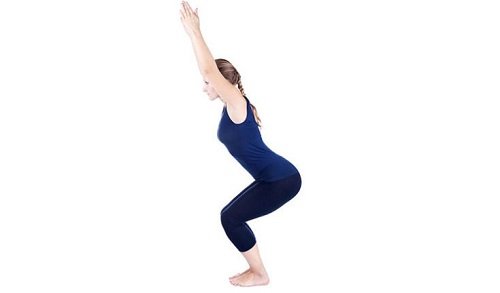
- Uttanasana (Forward Fold) - EXHALE: Straighten your legs and fold forward from the hips.
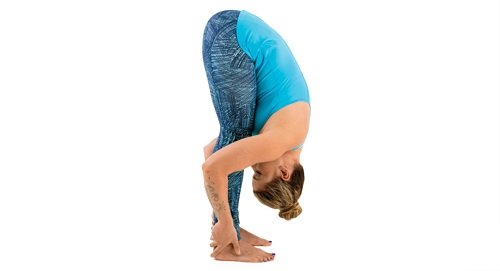
- Ardha Uttanasana (Half Lift) - INHALE: Lengthen your spine to look forward, fingertips on the floor or shins.
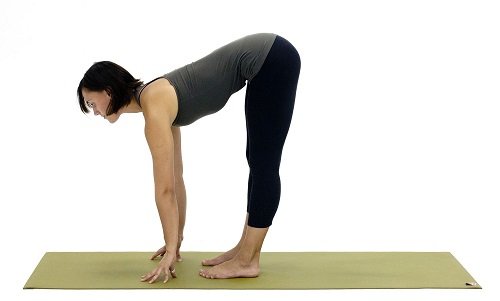
- Chaturanga Dandasana - EXHALE: Step or jump back to a low plank position.
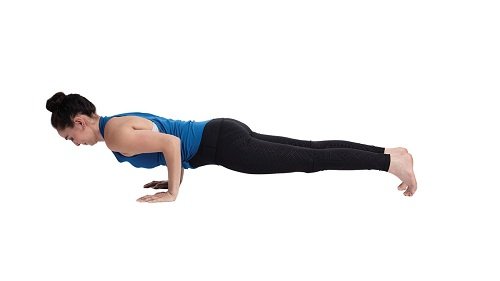
- Urdhva Mukha Svanasana (Upward-Facing Dog) - INHALE: Roll over your toes, open your chest, and straighten your arms.
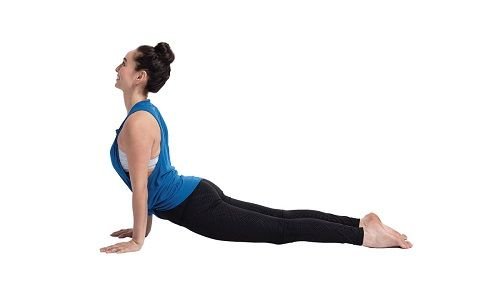
- Adho Mukha Svanasana (Downward-Facing Dog) - EXHALE: Lift your hips up and back.
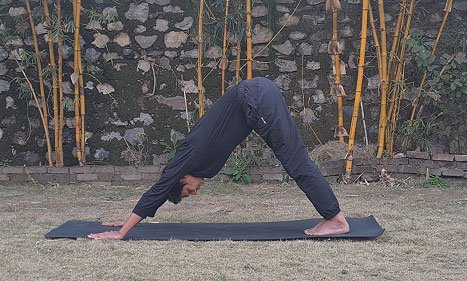
- Virabhadrasana I (Warrior I, Right Side) - INHALE: Step your right foot forward between your hands, pivot the back heel down, and rise up, sweeping arms overhead.
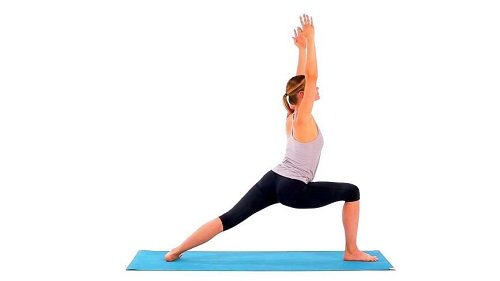
- Chaturanga Dandasana - EXHALE: Bring hands to the floor, step the right foot back, and lower to a low plank.
- Urdhva Mukha Svanasana - INHALE: Open the chest into Upward-Facing Dog.
- Adho Mukha Svanasana - EXHALE: Lift hips to Downward-Facing Dog.
- Virabhadrasana I (Warrior I, Left Side) - INHALE: Step your left foot forward, pivot the back heel, and rise into Warrior I.
- Chaturanga Dandasana - EXHALE: Lower back down to a low plank.
- Urdhva Mukha Svanasana - INHALE: Open into Upward-Facing Dog.
- Adho Mukha Svanasana - EXHALE: Lift to Downward-Facing Dog and hold for 5 deep Ujjayi breaths.
- Ardha Uttanasana - INHALE: At the end of the fifth exhale, step or jump your feet forward between your hands and lift halfway.
- Uttanasana - EXHALE: Fold forward completely.
- Utkatasana - INHALE: Bend your knees, drop your hips, and lift your arms back into Chair Pose.
- Samasthiti - EXHALE: Straighten your legs and return to the starting standing position.
Watch the Full Sequence
Benefits of Surya Namaskara B
Physical Benefits
- Builds significant strength in the legs, shoulders, and spine.
- Enhances flexibility, endurance, and stamina.
- Boosts cardiovascular function and stimulates the metabolism.
- Prepares the body and mind for deeper, more challenging asanas.
Mental & Energetic Benefits
- Develops intense focus, awareness, and breath control.
- Stimulates the Manipura Chakra (Solar Plexus), the center of personal power and willpower.
- Balances body temperature and the flow of prana (life force energy).
- Induces a state of meditative stability through disciplined repetition.

About the Author: Yogi Sandeep
Born in Rishikesh into a traditional family where the Vedic tradition has been a way of life for generations, Yogi Sandeep is the founder of Raj Yoga Rishikesh. He is an E-RYT 500 Teacher, holds a Master's degree in Yoga, and has over a decade of teaching experience.
Ashtanga Sun Salutation B FAQs
How is Surya Namaskara B different from A?
Sun Salutation B is longer and more intense. It adds Utkatasana (Chair Pose) and Virabhadrasana I (Warrior I) to the flow, creating a more dynamic and strength-building sequence.
How many rounds should I practice?
In a traditional Ashtanga practice, 3 to 5 rounds of Surya Namaskara B are performed after 3 to 5 rounds of Surya Namaskara A. As a beginner, start with 1-2 rounds and build gradually.
What is the most important focus in this sequence?
The primary focus is the unbroken connection between each movement and your breath (vinyasa). Let the inhale lift and expand you, and the exhale ground and fold you. The physical postures will follow.
Build Your Inner Fire
Surya Namaskara B is a gateway to the discipline and joy of Ashtanga Yoga. Learn this sequence and more with authentic guidance in our Yoga Teacher Training Courses.
Explore Our Trainings →
